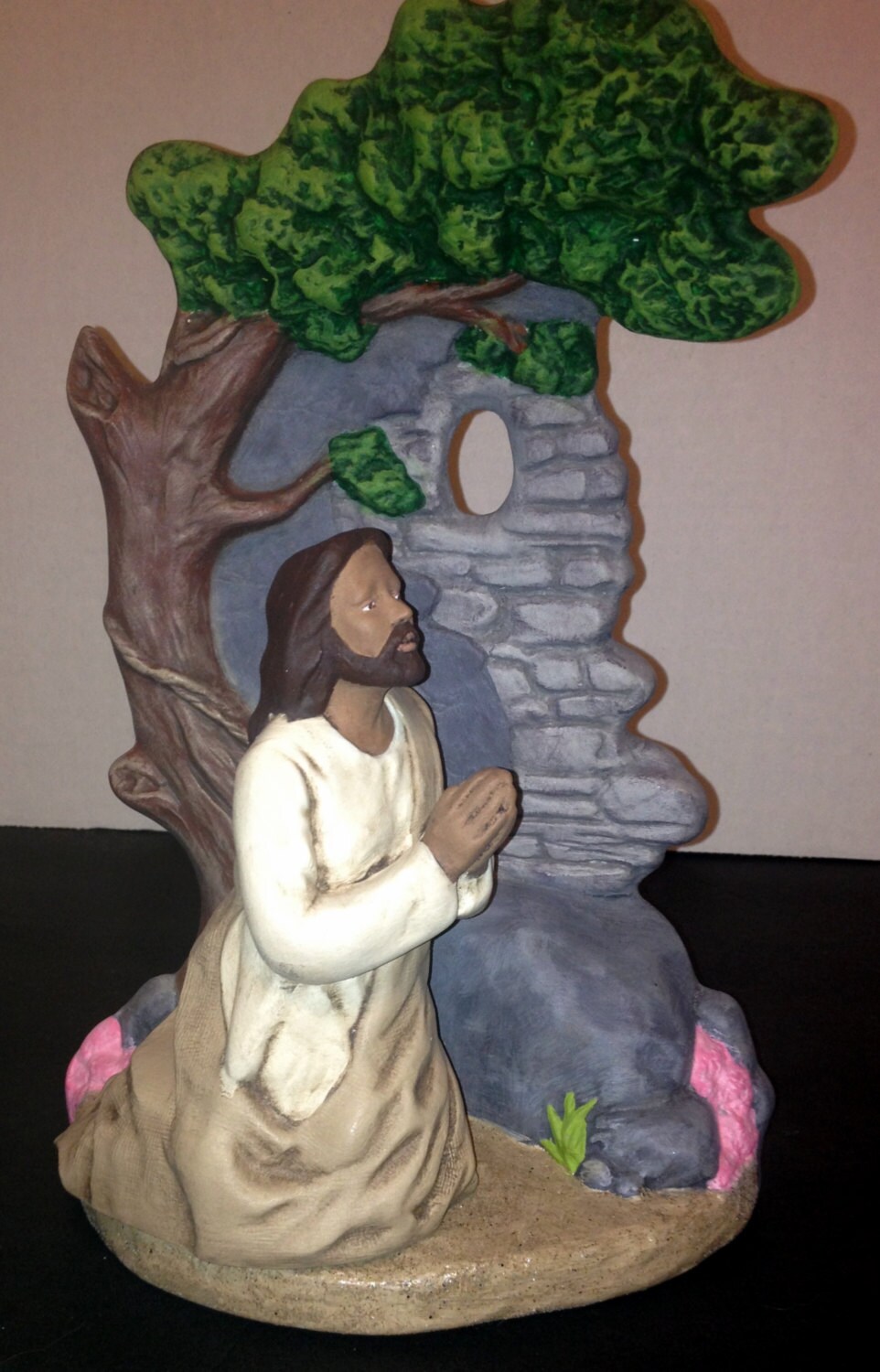


Fortunately, SARS is rather well-contained. Most of us don't realize that the deadly SARS virus, which commenced in 2003, is still around. “God exalted him to the highest place and gave him the name that is above every name, that at the name of Jesus every knee should bow, in heaven and on earth and under the earth, and every tongue acknowledge that Jesus Christ is Lord, to the glory of God the Father” (Philippians 2:9–11).COVID-19 is simply not going away. Ultimately, everyone will kneel in reverence to the King of Kings. In Acts, we see examples of the apostles and others who knelt in prayer: Stephen (Acts 7:59), Peter (Acts 9:40), and Paul (Acts 20:36). Even Jesus took a posture of humility and supplication as He asked the Father to take away the cup of sorrow He was about to drink (Luke 22:41). The leper (Mark 1:40), the mother of the sons of Zebedee (Matthew 20:20), and the man with the demon-possessed son (Matthew 17:14) all bowed in supplication before the One they knew had the power to heal and grant their supplications. In the New Testament, many kneeled before Jesus with requests for healing or favors. David, himself a king and used to others bowing before him, encourages us to “worship and bow down, let us kneel before the LORD our Maker” (Psalm 95:6). Daniel’s custom was to pray three times a day on his knees, “praying and making supplication before his God” (Daniel 6:11). Solomon bowed before the Lord in the dedication of the temple in which he prayed for God’s blessing on Israel (2 Chronicles 6). In the Old Testament, although the custom was to pray standing, prayers of supplication were often offered on the knees. Kneeling or genuflecting in the Bible is done as a token of submission, respect, reverence, and worship to God.

According to the General Instruction of the Roman Missal, “A genuflection, made by bending the right knee to the ground, signifies adoration, and therefore it is reserved for the Most Blessed Sacrament, as well as for the Holy Cross.” When the Blessed Sacrament is exposed to view, and not hidden within the tabernacle, both of the worshiper’s knees must touch the floor. In Roman Catholicism, it is customary for a worshiper to genuflect upon the right knee whenever he comes into or leaves the presence of the Blessed Sacrament, that is, when he enters and exits a pew in the sanctuary. They genuflect before the elements because of a false belief that they are actually bowing before the Lord, who is present in the Eucharist. Roman Catholics genuflect before the elements of the “Blessed Sacrament”-the bread and wine of communion. Today, genuflection is common in the religious practices of the “high-church” Anglican Church and the Roman Catholic Church. Genuflection is still sometimes performed in Western cultures when a man makes a traditional proposal of marriage. To genuflect is to drop to one knee and rise, an act customary in the Middle Ages, when respect for a king or noble was demonstrated by going down on one knee, often remaining there until told to rise. It consists of bending one knee to the ground. Genuflection (or genuflexion) is a traditional act of honor or worship.


 0 kommentar(er)
0 kommentar(er)
